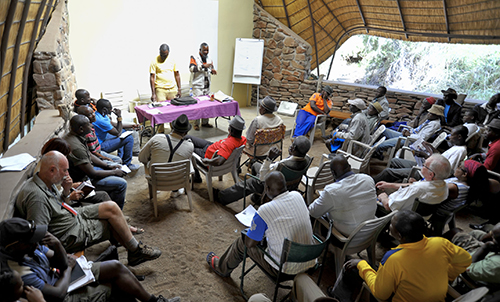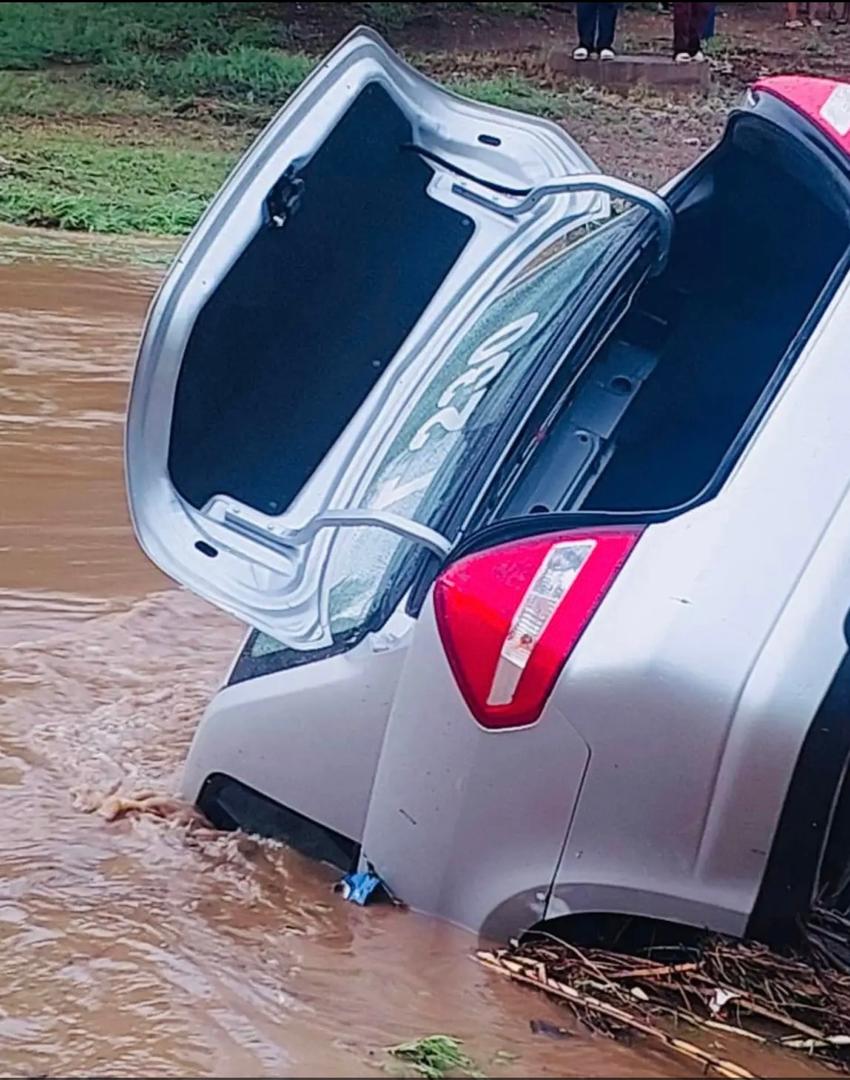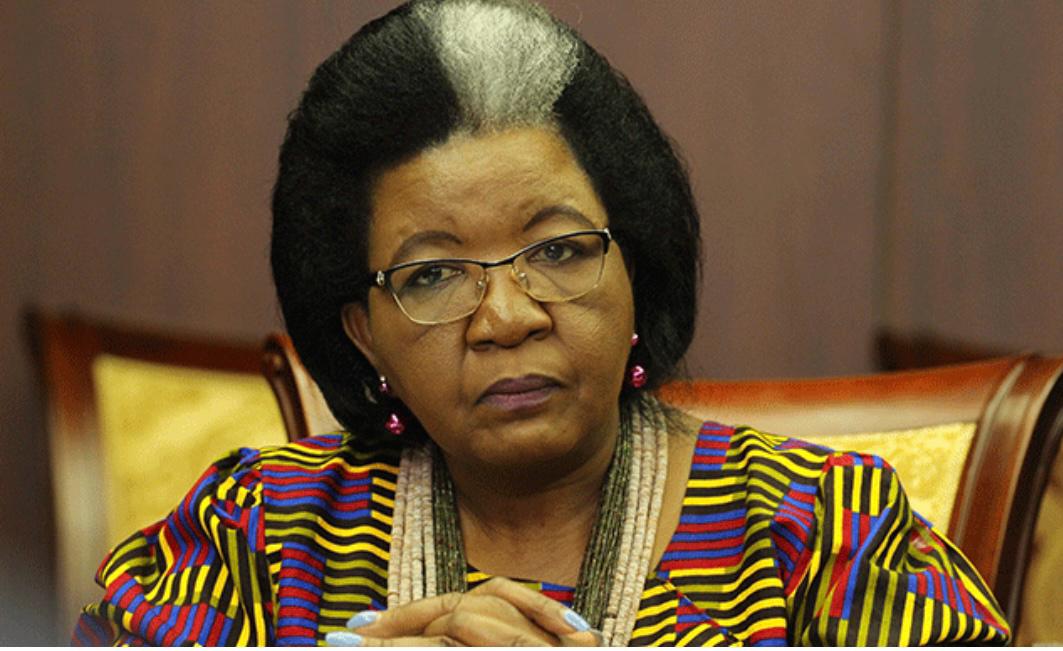• STEVE FELTONTHE Kunene communal conservancies have recently attracted strong criticism for their perceived lack of wildlife management, notably in an article in The Namibian newspaper by writer, tour operator and conservationist Chris Bakkes.
A meeting called by the Kunene Regional Conservancy Association at Werêldsend from 11 to 12 May to improve conservancy management practices disputed claims made by Bakkes that conservancy members were driven by greed and had lost their conservation vision, but accepted that management was poor in some conservancies.
“We are asleep,” stated Kuva Rutavi, project manager from the furthest north conservancy of Marienfluss, on the Angolan border. “It hurts, but it is the truth. We need to wake up.”
The meeting was chaired by Gustaph Tjiundukamba, from Omatendeka Conservancy. The association represents the 28 communal conservancies in Kunene.
Many conservationists were stung by criticism by Bakkes, who stated that the new governing principle behind conservation was the need to make money, and no longer the wish to protect wildlife. The point was strongly disputed by conservancy representatives in Kunene. “In my culture we have a link to wildlife,” Stein Katupa, secretary of the association told the meeting. “I cannot allow the lion to be finished, because he is my uncle.”
It is a point echoed by John Kasaona in an article published on the NACSO website. Kasaona is executive director of the conservation NGO, IRDNC. “We live with wildlife and from wildlife. What does that mean?” It means that lions take our cattle and elephants steal our crops. We live with that because we love wildlife.”
Kasaona maintains that conservation in Kunene has been led by local chiefs and people, and calls for all of the stakeholders in conservation to work together now that the twin challenges of renewed drought and the onslaught of commercial poaching have impacted on wildlife numbers.
The meeting noted factors that are damaging conservancies and their reputation. Two consecutive years of drought have caused nomadic herders to move their livestock into wildlife areas, and commercial poaching is on the increase. Conservancy representatives and game guards no longer know all the people in conservation zones, and have no right to demand that they leave.
The ministry of environment and tourism representative at the meeting, Eliaser Naftali, stated that good conservancy management is essential. The ministry is responsible for the inspection of conservancies: to make sure that they are complying with regulations that include annual general meetings, game management plans and financial reports. Naftali set out the mechanisms for ensuring compliance, which was met with general agreement and a commitment to ensure that all conservancies in Kunene use the standard operating procedures set out by government.
The strongest call was for a return to the core values of conservation, which include the maintenance of stable wildlife populations. The Kunene conservancies decided to suspend the practice of ‘shoot and sell’ – hunting game for meat –in 9 conservancies, on the basis of an assessment of the practice, which concluded that shoot and sell hunting often resulted in the loss of calf-bearing females and valuable trophy males.
However, trophy hunting governed by quotas remains an essential conservation tool according to John Kasaona, who says that without trophy hunting there would not be sufficient income to pay game guards’ salaries, and conservation would stop in many areas now under conservancy management.
The illegal hunting of rhinos was a of great concern to the Kunene association, although it was noted that few rhinos have been poached in conservancy areas in comparison to the incidents of poaching recently discovered in Etosha National Park.
Although a passionate plea was made for the arming of conservancy game guards by some, the meeting proposed that conservancy members should be included in new law enforcement measures, including the employment of locals as rangers in the proposed new directorate of wildlife protection of the ministry of environment and tourism, and training in scene of crime protocol for game guards. Maxi Louis, director of NACSO, the Namibian Association of CBNRM Support Organisations, thanked the Kunene Regional Conservancy Association for initiating the meeting and for the call to return to core conservation values. She stated that with 82 conservancies, Namibia needed more capacity to manage conservation on the ground, and that regional conservancy associations were the best way forward.
Stay informed with The Namibian – your source for credible journalism. Get in-depth reporting and opinions for
only N$85 a month. Invest in journalism, invest in democracy –
Subscribe Now!








